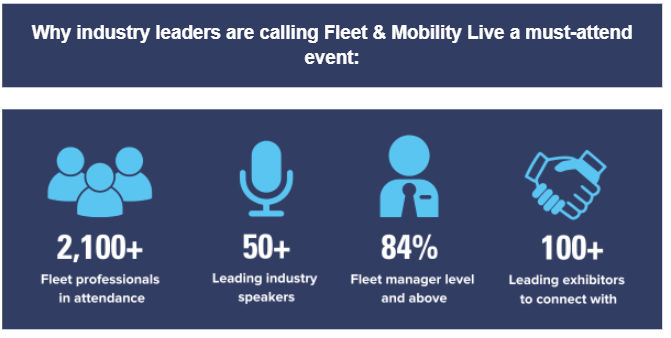Last-mile electric vehicle (EV) fleets using wireless charging technology, saved up to 50% in total cost of ownership (TCO), a new report from WiTricity suggests.
In a standard plug-in model, EVs are essentially taken out of service to charge: a driver moves the EV to the charger, plugs in, and there the EV remains until sufficiently charged, it says.
In contrast, wireless charging lets fleets adapt their charging model to existing business workflows by bringing the charge to the EVs where they are: at the dock being loaded, at the depot being cleaned or prepped, or while parked.
WiTricity says that this results in lower costs by flattening the curve on demand charges, the compensation paid to the utility for maintaining the grid with sufficient capacity to energise a customer’s needs at peak draw.
Given that electric utility charges are one of the top three components of the lifetime cost of an EV (the other two are vehicle miles travelled and vehicle purchase price), the result is an impressive reduction in the overall TCO of going electric, it claims.
Alex Gruzen (pictured), WiTricity’s CEO, explained: “With businesses and Government agencies upgrading their last-mile fleets to be electric—from delivery vans to mail trucks—there are clear, major benefits of being able to charge those wirelessly.
“Our analysis shows that WiTricity’s technology introduces great flexibility with significantly lower costs.”
WiTricity compared the use of 50kW plug-in charging to 24kW wireless charging with the fleet running two eight-hour shifts, leaving four hours per shift for charging and depot operations.
The WiTricity study found that wireless charging in place of plug-in charging:
- Doubles the duration of charging operations, because wireless charging pads can be installed at key locations across the depot – loading docks, cleaning areas, parking areas – so vehicles can charge in parallel to other depot operations just by parking as they normally would.
- Reduces peak electrical demand for the depot by half. Spreading the charging load across more time means that the demand charges from the utility are lower. This also has a further benefit of reducing overall stress on the electric grid.
- Decreases exposure to back-up energy generation infrastructure and operation costs. Like the peak load calculations for energy demand charges, the demand for power from backup energy sources like micro-turbines or traditional diesel generators is lessened as well.
- Cuts down on labour costs and maintenance. With wireless charging, no human intervention is required to plug and unplug, so there’s increased autonomy and lower labor costs. Additionally, wireless charging incurs very low maintenance because there are no serviceable parts, active cooling, or mechanical connectors that wear out or need to be replaced.























Login to comment
Comments
No comments have been made yet.